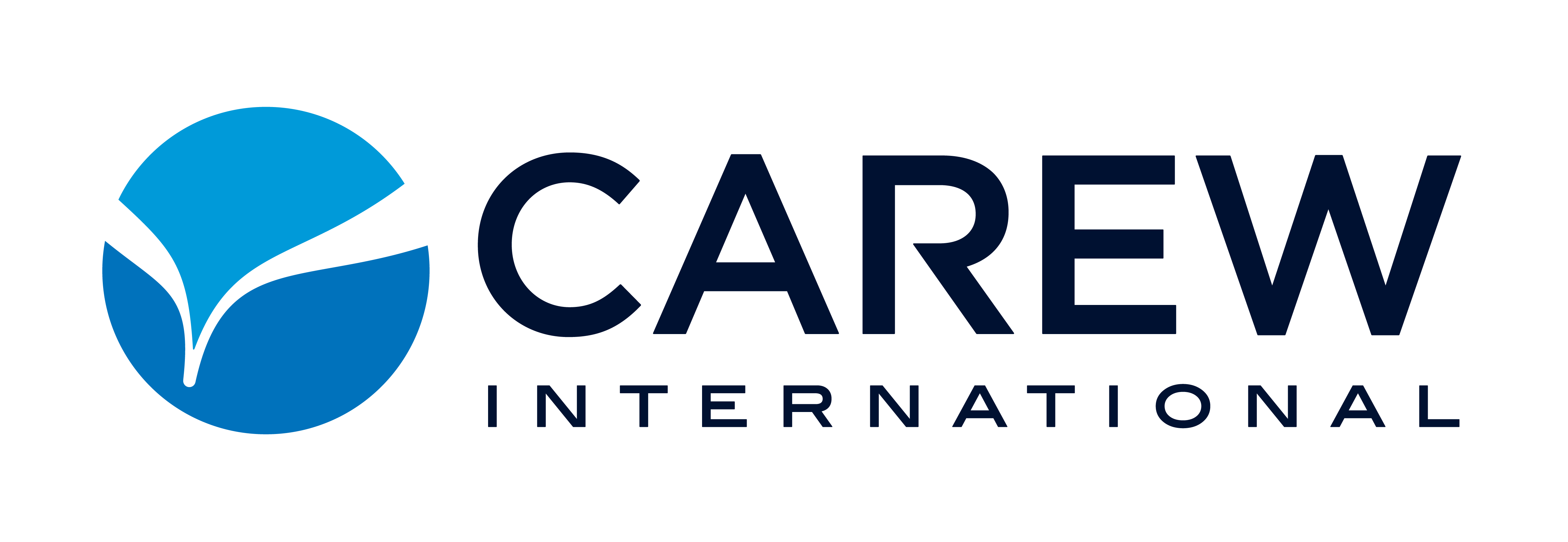Many companies believe they can’t afford to train their sales or leadership teams.
But the truth is, they can’t afford not to.
While it is probably the easiest line item to cut in an organization, it probably has the longest-term negative impact. Talent is a force multiplier in organizations that profoundly impacts their ability in both leadership and individual contributor roles. It affects retention rates and contribution, ultimately impacting the company’s success.
The True Cost of Employee Turnover
The financial impact of turnover is staggering. According to Gallup, replacing employees comes with the following costs:
- Leaders and managers: ~200% of their salary
- Technical professionals: ~80% of their salary
- Frontline employees: ~40% of their salary
By almost all measures, this is substantially understated.
The true cost goes beyond numbers. Turnover creates ripple effects that strain your organization:
- Higher salaries for replacements: New hires often come at a premium, adding financial strain.
- Recruitment expenses: Advertising, headhunting, and interviewing are costly and time-intensive.
- Lost productivity: Teams are stretched thin, and business performance often suffers. Integration into a new role in a company results in slower or poor decision processes, and understanding the implications of decisions are usually hidden until it is too late.
- Client churn: Overburdened employees may struggle to meet client expectations, potentially driving customers to competitors.
Turnover costs more than you think—and it’s not just about dollars. The burden on your people, productivity, and clients is equally significant.
The Domino Effect on Morale and Productivity
When an employee leaves, the impact isn’t isolated. Remaining team members often take on extra workloads to cover gaps, leading to:
- Burnout among top performers
- Lower team morale leads to your best people seeking new opportunities and underperformers being even more unproductive
- A decline in service quality or missed business opportunities
These challenges can spiral, leaving even your best people questioning their roles.
Why Employees Leave
Employees today, particularly Millennials and Gen Z, expect career development opportunities. A LinkedIn Workforce Learning Report revealed that 94% of employees would stay at a company longer if it invested in their careers. Yet a lack of growth opportunities remains a key turnover driver, contributing to 37% of employee exits, according to Criteria Corp.
Turnover isn’t just expensive—it’s preventable.
Companies that prioritize training and development signal to their employees that they’re valued. This builds loyalty, reduces attrition, and improves engagement, leading to better overall performance.
As world-renowned consultant Ram Charan once said, “Numbers don’t drive the company, people do.” And speaking on investment in organizations, he said, “Find people first, then allocate funds.”
So, as we look at the long-term health of companies, the solution is obvious.
Training: The Solution to Turnover
Organizations that invest in employee development report 11% greater profitability, according to Gallup. They’re also twice as likely to retain employees, making training a clear competitive advantage in today’s talent-driven market.
Training programs address key challenges that lead to turnover by fostering skills, confidence, and a sense of purpose.
- For Sales Teams: Programs like Dimensions of Professional Selling® equip salespeople with a framework to succeed, build confidence, and enhance performance.
- For Leadership: Initiatives like Excellence in Sales Leadership™ empower managers to create supportive environments, drive engagement, and reduce team attrition.
The Bottom Line: Training Is an Investment, Not an Expense
Training is one of the most cost-effective ways to address turnover and enhance company performance. Investing in employees’ growth sends a powerful message: their success matters.
When you invest in your people, you invest in the future of your organization. A well-trained, engaged workforce drives success, strengthens client relationships, and contributes to a healthier bottom line. Talent is a force multiplier for organizations now and into the future.
Ask yourself: Can you afford not to invest in your people?
Take Action Today
Addressing employee turnover requires a strategic focus on development and engagement. By prioritizing training, organizations can build a resilient and committed workforce. Let’s create a thriving, engaged team together.
- Learn more about our programs to see how we can help you achieve sustained success.
- Contact us to discuss tailored solutions for your organization.
- Explore our open enrollment workshops and take the first step toward meaningful change.

